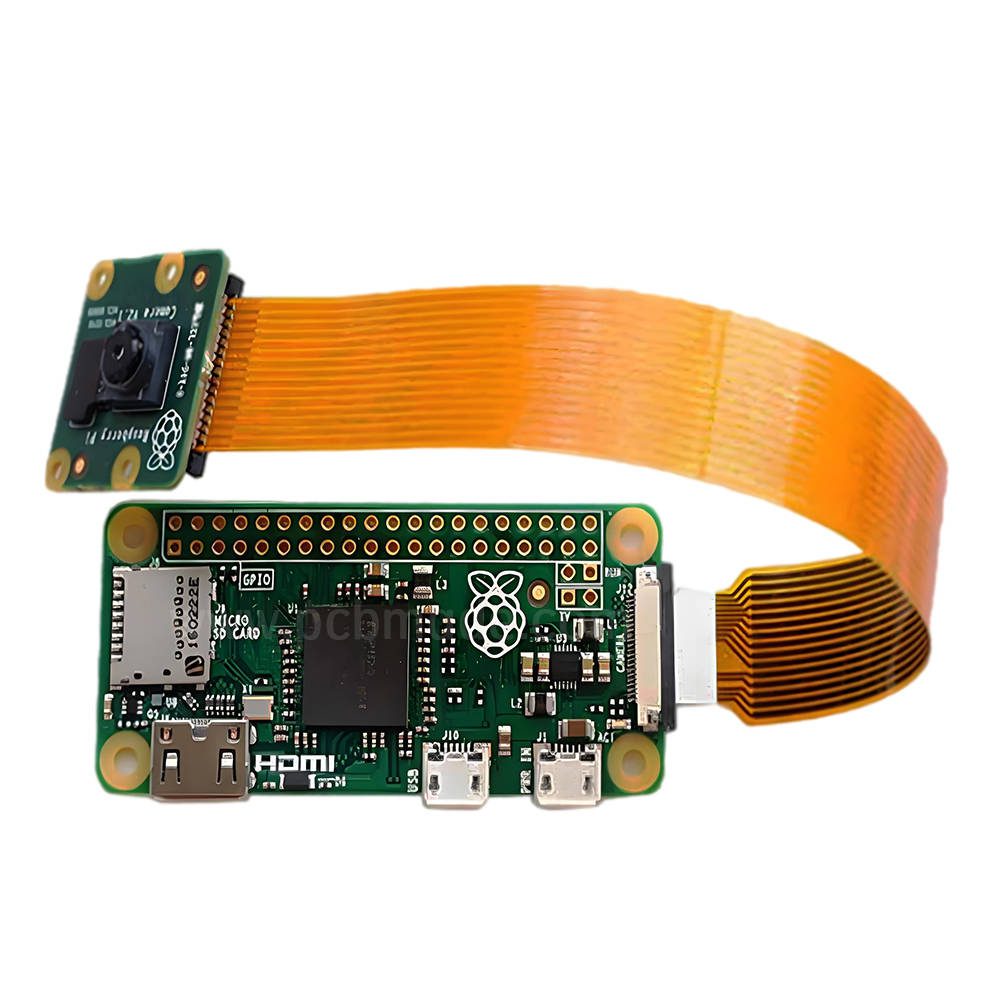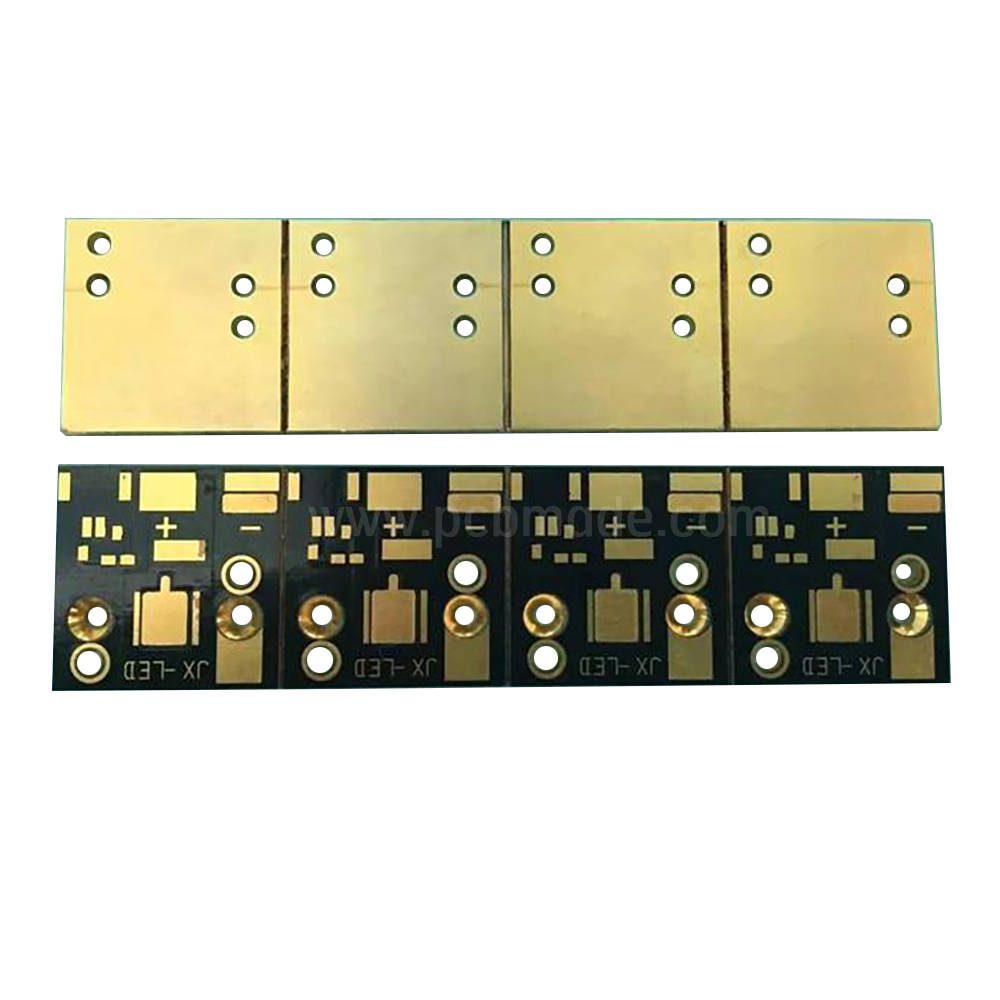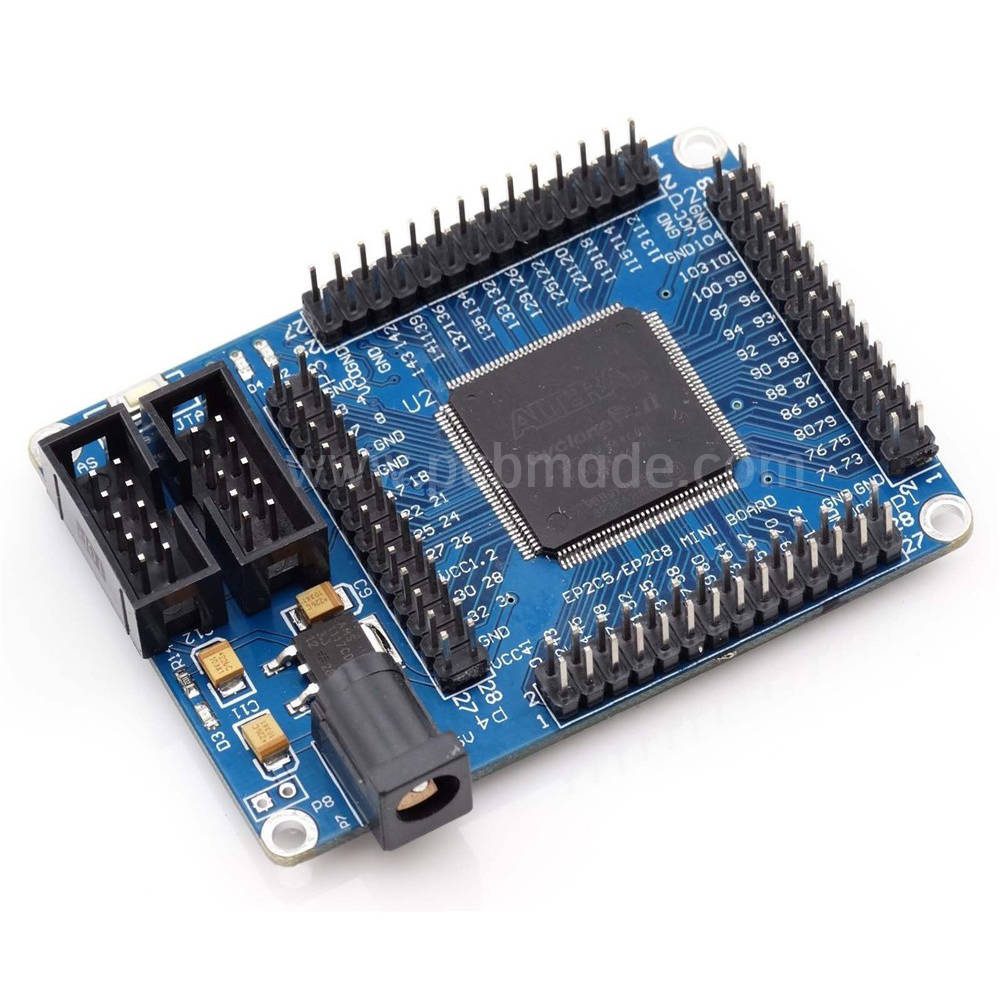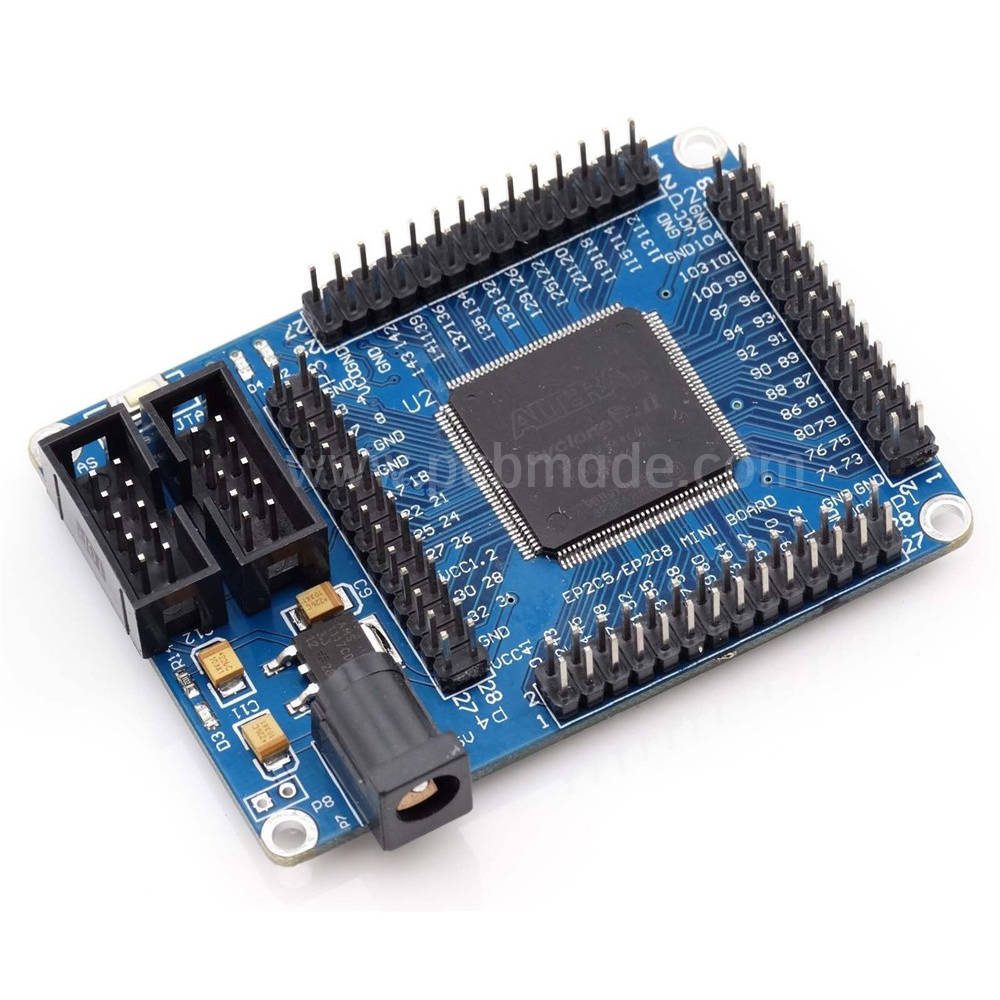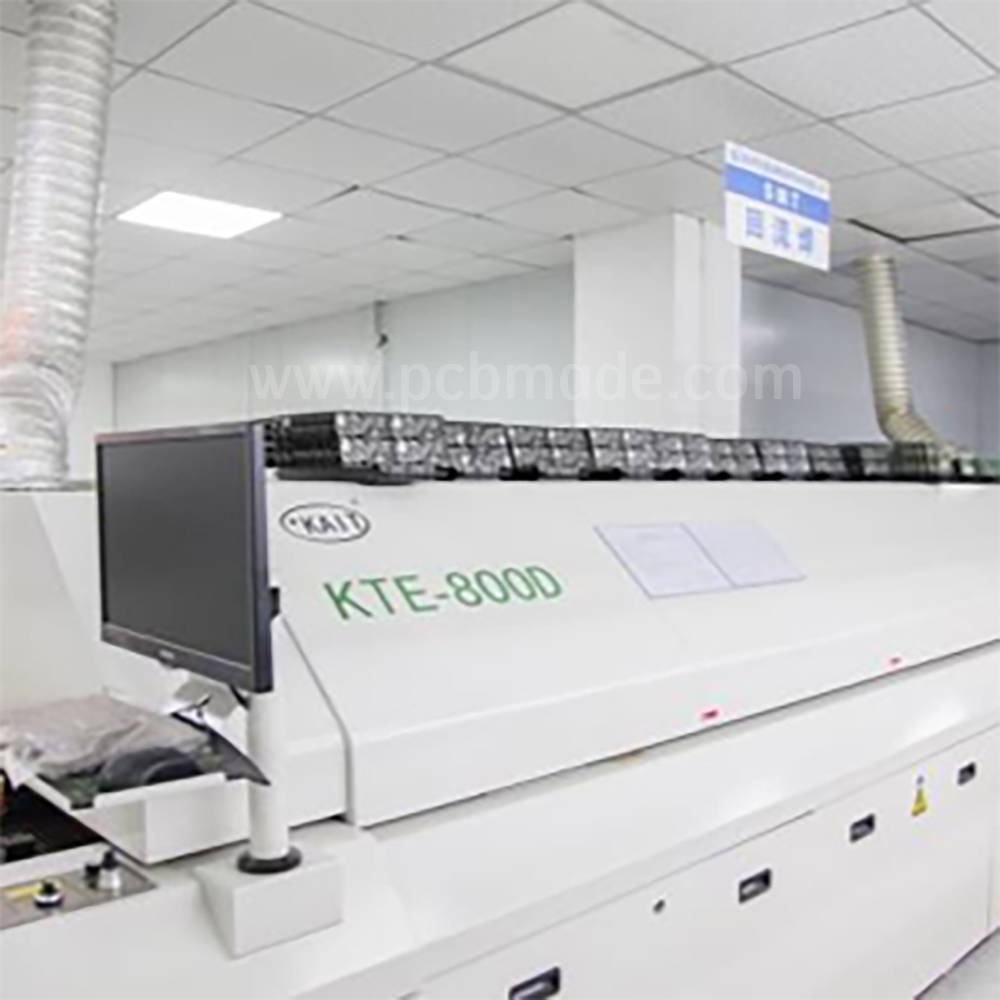Digital transmission circuit board is an electronic device used for transmitting digital signals, widely used in the fields of electronic communication and data transmission.
Different types of circuit boards are suitable for different application scenarios and requirements. There are many different models of digital transmission circuit boards, and the following are several common models:
PCI (Peripheral Component Interconnect) model: This is a common digital transmission circuit board suitable for slot based computer architectures, used for data transmission and communication with computer systems.
PCIe (PCI Express) model: This is a faster and higher performance digital transmission circuit board suitable for modern computer systems. Compared to PCI models, PCIe provides higher data transfer speeds and more bandwidth.
CompactPCI model: This is a digital transmission circuit board specifically designed for industrial control and embedded systems. It provides reliable data transmission and communication functions, commonly used in applications such as industrial automation and robot control.
VME (Versa Module Eurocard) model: This is an older digital transmission circuit board standard used for large computers and industrial control systems. It provides the ability to connect multiple computer systems and devices.


In addition to the common models mentioned above, there are many other specialized and customized digital transmission circuit board models that are suitable for various application fields and needs.
When choosing a digital transmission circuit board, the following factors need to be considered:
Transmission speed: Choose the appropriate transmission speed according to application requirements to ensure that it can meet the requirements of data transmission.
Bandwidth: Consider the required data bandwidth and select the appropriate type and specifications of circuit board to ensure smooth data transmission.
Interface type: Select the appropriate circuit board based on the interface type of the connected device and system, such as PCI, PCIe, CompactPCI, etc.
Compatibility: Ensure that the selected circuit board is compatible with existing hardware and software systems to minimize integration and configuration difficulties.
Reliability: Consider the quality and reliability of the circuit board, and choose manufacturers and brands with good reputation and reliability.
Scalability: If you need to expand or upgrade devices and systems in the future, consider choosing a circuit board that supports expansion functions and interfaces.
Cost: Consider the cost of the circuit board and select based on budget and performance requirements.
Application requirements: Select appropriate circuit board functions and specifications based on specific application requirements, such as industrial control, communication systems, data centers, etc.
In short, the selection of digital transmission circuit boards needs to be determined based on actual needs and application scenarios, and different models have different characteristics and applicability. I hope this article can help readers better understand the models and selection points of digital transmission circuit boards.




